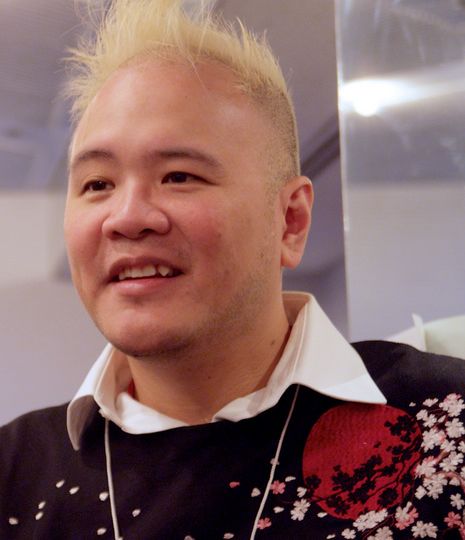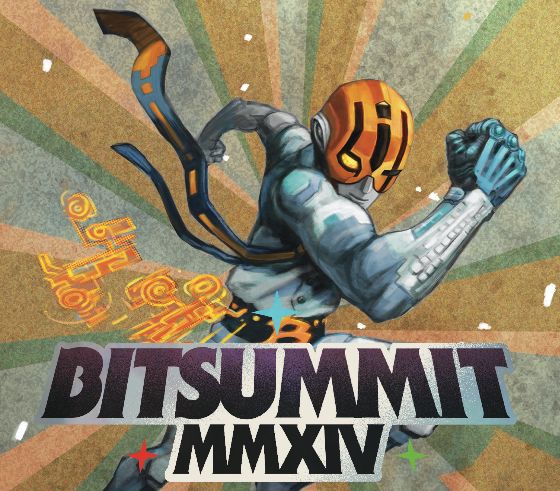
Growth Ahead for Indie Games in Japan
Culture- English
- 日本語
- 简体字
- 繁體字
- Français
- Español
- العربية
- Русский
The Smaller Side of the Industry
There have always been independent video games in Japan. Historically, though, they have been squeezed out of the limelight by major publishers that can devote many more resources to development and marketing.
While the same holds true in North America and Europe, indie games are enjoying somewhat of a boom in the West. Meanwhile, in Japan—so long a country closely tied to gaming culture—indies still fly under the radar. However, recent years have brought signs of life.
New and accessible platforms—such as PlayStation Network, Steam, and Xbox Live in terms of digital distribution, and iOS and Android for mobile games—are helping fuel the indie renaissance in the West, especially in combination with the rise of crowdfunding. This makes it easier for developers to get their games in consumers’ hands.
In Japan, physical distribution, more expensive and time consuming, is still king, and crowdfunding hasn’t really caught on yet. But digital distribution is beginning to increase, and Sony and Microsoft are reaching out to developers.
“Because it’s been easier for developers to make games, Sony has realized that it’s very important to recognize this new group,” says Tada Kōji, a director of Sony Computer Entertainment Japan. “Sony wants to support the new indie scene around the world.”
More Room for the Small Players
Money is always an issue for indie developers everywhere, but major publishers are also feeling pinched as the costs of developing and marketing AAA titles have risen over the last decade—and have been passed to consumers as ¥6,000–¥7,000 price tags for many current-generation console games. As a result, some studios are increasingly reluctant to take chances on ideas that fall outside the box for fear of a big loss.
 James Mielke is working to boost indie game visibility in Japan.
James Mielke is working to boost indie game visibility in Japan.
This has led to more sequels and less originality. “We’re lucky when we get something like a Takahashi Keita [director of Katamari Damacy, in which a tiny prince attempts to rebuild the cosmos by rolling up objects with a sticky ball] game, or Yoot Saitō doing a Seaman [a virtual pet game by Saitō “Yoot” Yutaka in which the titular pet is a fish with a human face],” says James “Milky” Mielke, a former producer at Kyoto-based Q-Games. “We’re lucky when we get those quirky games from the major publishers.
“The easier path from A to B is certainly to become an independent developer and do it yourself.”
Gamers looking for something different, and often cheaper, have turned in growing numbers to indie games, both mobile and console-based, which developers are free to create without worrying about demographics or stockholders.
Japan Playing Catch-up
The indie scene has flourished in the West, where audiences have been more accepting. In Japan, however, old habits die hard, and products from outside the established channels are sometimes met with suspicion rather than celebration.
“The term independent, or indie, here is not something that has previously been looked on with a lot of respect," Mielke says. “Indie in Japan equates to amateur, but I think we’re changing that.
“The main outlet for these developers is to go through the major publishers. So the thing that the indie scene lacked here was the ability to be self-sustaining, without relying on Square Enix or Namco or Capcom. There’s nothing wrong with that, but in the West it’s just been so much easier for people to get their games out.”
 BitSummit wrapped up its second successful year in March 2014.
BitSummit wrapped up its second successful year in March 2014.
Mielke has been one of the champions of the Japanese indie scene lately. In 2013, while still at Q-Games, he organized BitSummit, a gathering of Japanese indie developers, media, and companies like Sony, Microsoft, Kickstarter, and others. The event has been a success in each of the past two years.
“I never anticipated we would have this kind of event in Japan, and suddenly Milky appeared—and Milky loves all Japanese games, not just indie games,” Onion Games president Kimura Yoshirō said at the 2014 BitSummit, held in March. “Now I have a new place to show my game. How can I deny this? This is the place for me. The first BitSummit really gave me courage.”
Fertile Ground for Game Developers
In addition to providing exposure, BitSummit has helped connect developers with each other and given them a forum to communicate and swap ideas, which previously did not happen very often.
“The thing about being an indie is that the only people who really truly understand you are other indies. I think there’s not really the culture of sharing in Japan like we have in the States, but it’ll happen eventually,” says Trevor Stricker, who worked with major studios in the past and founded his own shop, Disco Pixel, in November 2012.
Even as the indie scene grows in Japan, the language barrier remains between developers and much of the outside world. “We are not using English usually,” Kimura says. “I love to learn English and other languages, but usually, Japanese don’t need to learn them. So a very strong issue is the language issue.”
“I think the language barrier is a huge thing,” Stricker agrees. “For Japanese people, it presents a barrier when you’re trying to reach the rest of the world.
“But having said that, Japan is like the mothership for video games. So the flip side is, if you're a Japanese indie, when you come, say, to the indie megabooth at PAX [Penny Arcade Expo in Boston], being Japanese has a very special thing attached to it. People react very positively to a Japanese connection.”
(Originally written in English on March 24, 2014. Photo of James Mielke by Jeriaska.)
video games Sony PlayStation gaming indies Microsoft Xbox BitSummit James Mielke